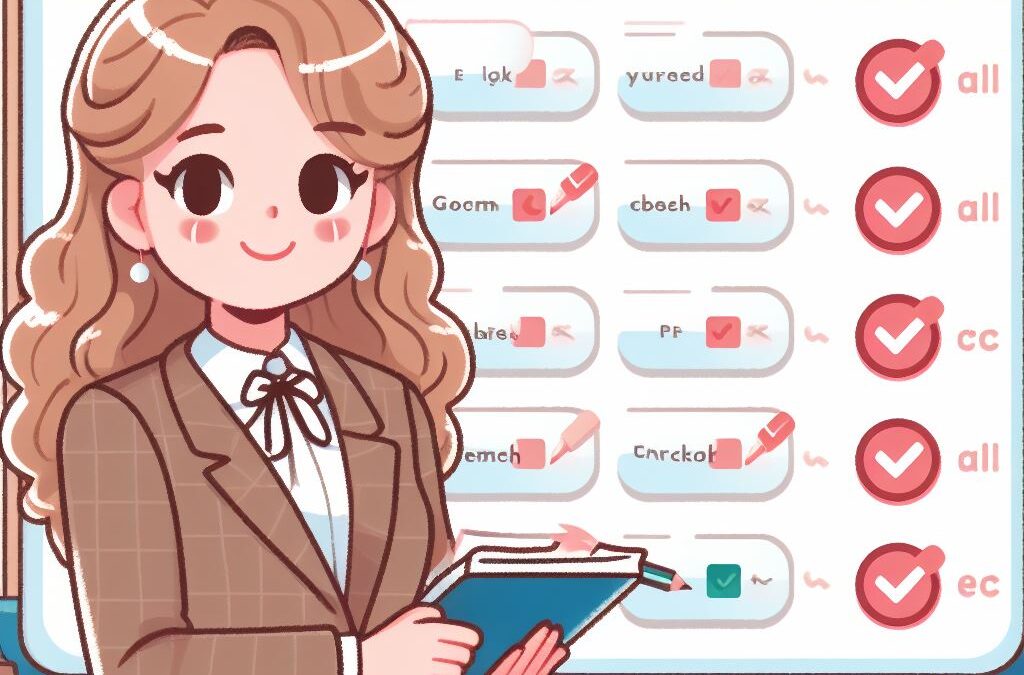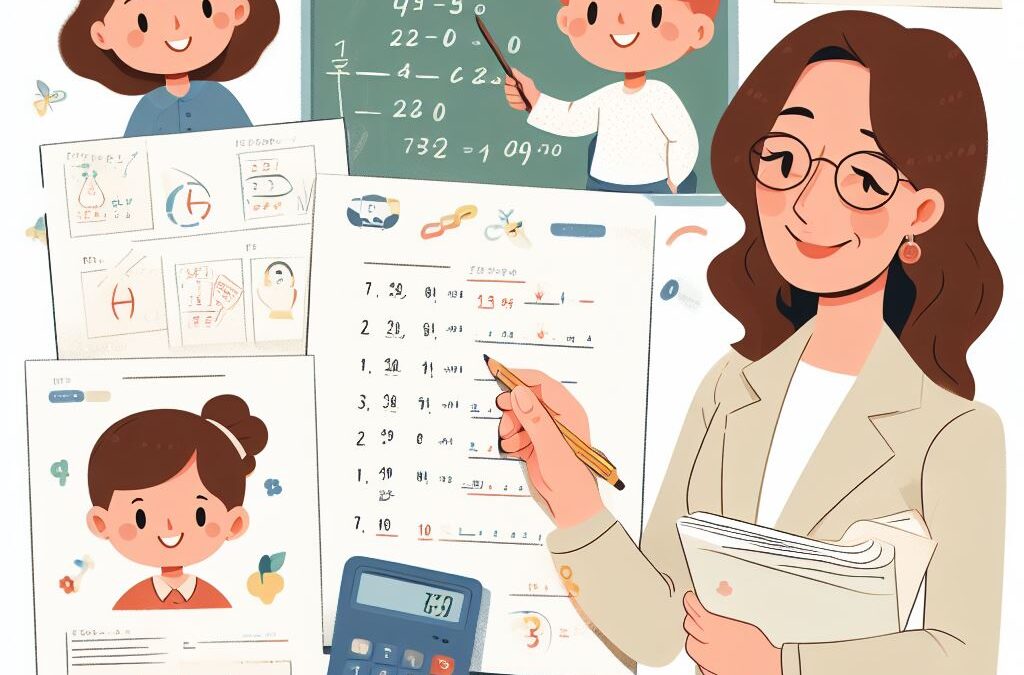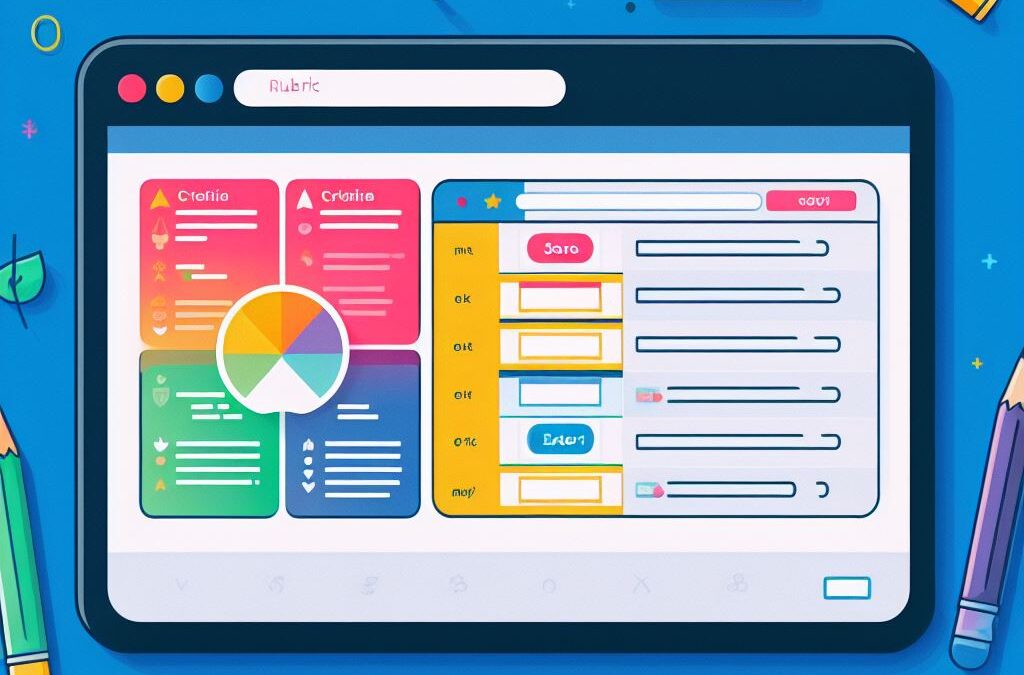
Recommendation Letter Writing: Enhance Impact with AI-tools
Crafting Exceptional Recommendation Letters: A Teacher’s Guide to AI-Enhanced Writing
As the academic year progresses, the time for writing recommendation letters arrives. This crucial task involves articulating a student’s abilities, character, and potential beyond mere grades. In the modern era, leveraging AI tools can significantly streamline and enhance the process of drafting these essential documents. Let’s explore how teachers can employ these tools to create compelling recommendation letters more efficiently and effectively.
Understanding the Importance of Recommendations in Education
Recommendation letters play a vital role in shaping a student’s academic and professional journey. They provide a comprehensive view of an applicant, beyond their academic transcripts, guiding decision-makers in admissions, scholarships, or job applications. Crafting well-structured and persuasive recommendation letters is crucial for offering a holistic view of a student’s capabilities and character.
Leveraging AI for Letter Writing Efficiency
Embracing AI-Powered Writing Assistants: AI writing tools have revolutionized the writing process, offering benefits to educators in various ways. These tools are equipped with advanced algorithms and language models, assisting in generating coherent and articulate content. Platforms offering AI writing assistance can significantly aid in the recommendation letter writing process. Streamlining the Writing Process: AI-powered tools can drastically reduce the time needed for drafting recommendation letters. They provide templates, suggestions, and even generate initial drafts based on the information provided. This allows teachers to focus on personalizing and refining the content for a more tailored letter.
The Art of Crafting a Compelling Recommendation Letter
Personalization is Key: While AI tools can assist in the initial draft, personalization is vital for a standout recommendation letter. Share specific anecdotes, achievements, and personal experiences that illustrate the student’s qualities. Highlight their strengths, growth, and unique contributions. Structuring the Letter: A well-structured letter enhances readability and comprehension. Begin with a strong opening, emphasizing the relationship with the student. Follow this with specific examples and anecdotes that validate the student’s abilities. Conclude with a strong endorsement and an invitation for further discussion if applicable.
Maximizing the Impact with AI-Powered Edits
Language Enhancement: AI tools aid in refining the language and tone of the letter. They suggest improvements in grammar, syntax, and vocabulary, ensuring a professional and polished final product. Ensuring Uniqueness and Avoiding Plagiarism: AI-powered tools help ensure the originality of the content. They perform checks to avoid unintentional plagiarism, preserving the authenticity of the letter.
Finalizing and Reviewing the Recommendation Letter
Human Touch and Final Touches: While AI tools are immensely helpful, the human touch is irreplaceable. Review and revise the letter to reflect your genuine insights and sentiments about the student. Make sure the final version reflects your authentic voice and relationship with the student. Seek Feedback: Before sending the recommendation letter, consider seeking feedback from colleagues or mentors. Their input can provide valuable perspectives and help refine the letter further. In conclusion, the integration of AI tools with the art of recommendation letter writing can significantly enhance efficiency without compromising the personalized touch. Embrace these technological aids to streamline the process and create impactful, personalized recommendation letters that truly reflect your insights and advocacy for your students’ potential. Thank you for your dedication to nurturing future leaders and scholars.











Recent Comments